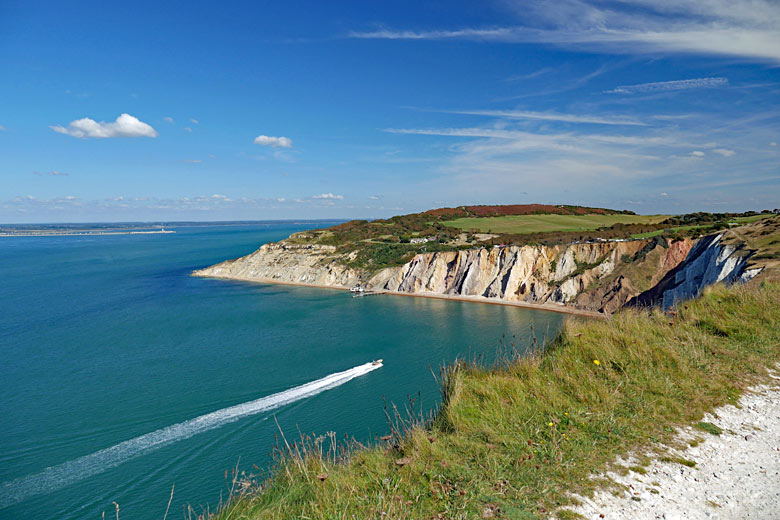How to plan your North Coast 500 road trip
Since its inception in 2015, the North Coast 500 has grown to showcase the northern Highlands at its beautiful, brooding best. Its 516 miles hug the coast, traverse unspoilt beaches, cut across dramatic mountain ranges and tap into the very best of Scotland.
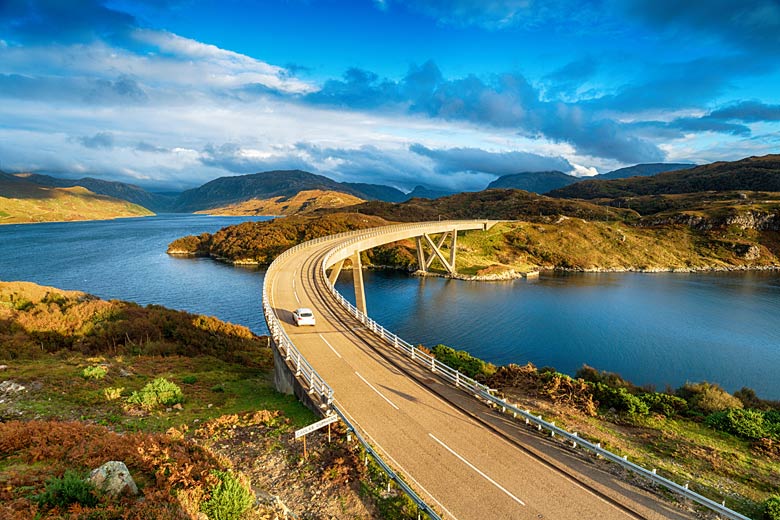
Naturally, such a popular route comes with its challenges: be that busy single-track roads and slow-moving cattle traffic or booked-up campsites and off-season closures. And that's without even mentioning the tricky weather.
It's not all clogged roads and sold-out signs, though; if planned well, the North Coast 500 is one of the most rewarding road trips you'll ever take. Follow these handy tips to ensure you don't miss a thing.
Where to stay: find your ideal home-from-home while tackling the North Coast 500 with Sykes Cottages. Alternatively, should you choose to base yourself in Inverness, check out the latest deals on stays at the Kingsmill Hotel & Spa*.
What to know before you go
Scotland's tourism season is short, and the NC500 is busy between April and September.
While the NC500 is a popular year-round destination, it's not exempt from closures: amenities, including hotels, in smaller towns, may be closed in the "off-season", usually between Halloween and Easter, so check ahead if planning to travel then.
Be prepared to share your journey with wildlife! It's very common for cows and sheep to be in the road, and at dawn and dusk you'll probably encounter deer on the roads too. Be patient and take extra care.
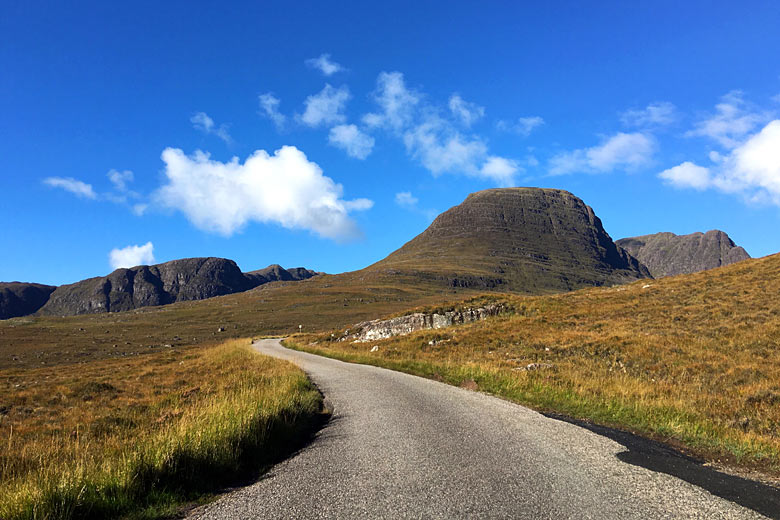
You'll drive single-track roads and have to navigate passing places along the route (unconfident drivers needn't attempt Bealach na Bá!) so it's a good idea to know the basics. Always pull into the passing place on your left to let oncoming traffic through or to let others overtake, and never park in them either.
Planning your route
The NC500 is doable in a sharp five days, though seven-to-10 days is recommended. It's ill-advised to rush your way around.
Most people head in an anti-clockwise direction north of Inverness, taking the east coast first and saving the west coast for the final stretch, but there's no right or wrong way. The official route merely acts as a guide and it's definitely worth deviating away from the main roads.
There's plenty to see and do in the heart of the loop: whether that be rattling down the mountain bike trails around Carbisdale Castle, watching the salmon leap at the Falls of Shin or learning about the vast expanses of critical blanket bog that make up the Forsinard Flows.
Meanwhile, the Pictish Trail in Easter Ross dips in and out of the A9 road and is well worth brief detours.
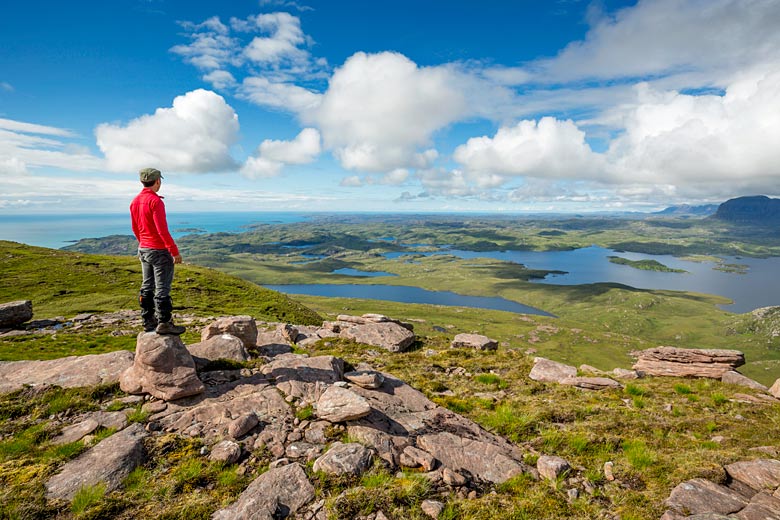
Some roads, including the single-track hairpin bends of Bealach na Bá, are not suitable for motorhomes or campervans, please consult the official North Coast 500 road safety guidelines for more information.
Where to stay
For shorter itineraries, perhaps break up the journey with an even spread of two nights on each coast, before heading back across to Inverness. Overnight suggestions could include Dornoch and Wick, Dunnet and Tongue, and Lochinver and Ullapool.
If you have more time, you may consider finding a base and taking day trips. For example, if staying in the Lairg/Loch Shin area you're no more than 90 minutes away from the furthest corners of the route.
Campsites are ideal for those with vehicles towing caravans. It's a good idea to find well-located bases, such as Kinlochewe or Brora where you can leave the caravan on-site and take day trips in the car.
What to see & do
Where to begin? The North Coast 500 swirls around an aesthetically gorgeous part of the world that must be seen to be believed.
From dolphin spotting at Chanonry Point to paddleboarding in Ullapool and ziplining over Ceannabeine Beach to night-time thermal imaging safaris around Dornoch, there really is something for everyone.
Then there's the mythical Smoo Cave: its name deriving from the Norse for 'smjugg' or 'smuga', meaning hiding place. Entry to the cave is free but do book a guided boat tour into its nooks and crannies.
One can only imagine what was hidden in the depths of Smoo, but legend says it was a haven for whisky and there's plenty of that on the route too.
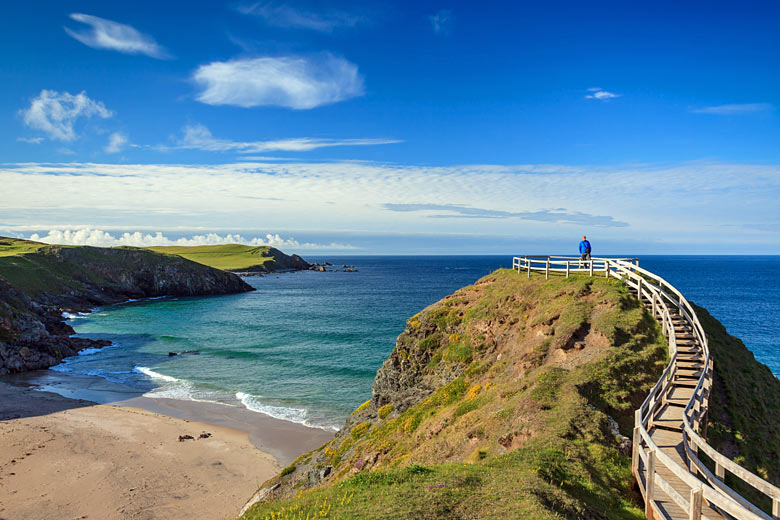
The classic distilleries of Glenmorangie, Balblair, Clynelish and Old Pulteney are all NC500 must-visits if you're into a wee dram. Newer kid on the block, Dornoch Distillery, was born on-site at Dornoch Castle Hotel in 2016.
While we wouldn't recommend walking far after a few drams, a leisurely zig-zag up the Big Burn gorge in Golspie the next day is up there with the NC500's best short strolls.
Or, how about a several-hour round-trip for the truly off-the-beaten-track Sandwood Bay beach in the northwest, where you'll likely find solitude, even in summer.
For a tougher challenge, why not tackle a multi-day walk among the terrifically moody peaks of Assynt? McKenzie Mountaineering's guided adventures include accommodation.
And castles? There's plenty, but Dunrobin Castle near Dornoch is one of the route's most famous, not least for its photo-worthiness.
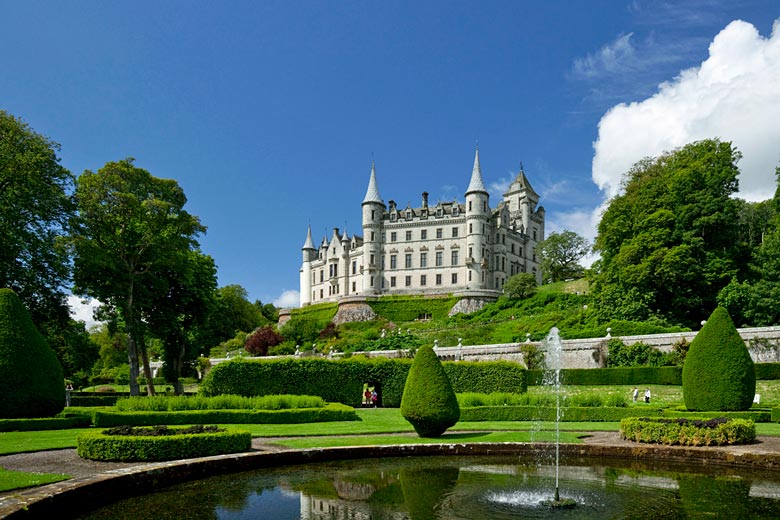
If visiting in autumn or winter, look out for clear skies as the cliff-edge ruins of Castle Sinclair Girnigoe near Wick sit pretty in the foreground of an aurora borealis light show.
And the 15th-century Ardvreck, on a Loch Assynt tidal island, paints a stark reminder of the many bloody battles Clan MacLeod fought in these parts.
Responsible, sustainable travel
Now more than ever, it's important to consider more sustainable travel practices. The good news is the NC500 is served by many super important local bus routes, which can link to complete much of the route if meticulously planned.
Just be aware that some services only run once a day or even once a week so, be sure to check Traveline.
While it's not recommended to walk the entire route, it's certainly a pleasant way to break up the trip. Bicycles can also be hired in several larger towns along the route like Ullapool.
Most importantly, the North Coast 500 is there for your enjoyment. It wasn't designed to be rushed around or for roads to be blocked; it's there to highlight local food and drink, for new experiences to be enjoyed and for hidden corners to be discovered.
The NC500 really is what you make it and with these tips in tow, you're sure to have a blast.
For up-to-date maps, travel information, guides and general advice on responsible travel, visit the official North Coast 500 website and VisitScotland.
Weather along the North Coast 500
| Jan | Feb | Mar | Apr | May | Jun | Jul | Aug | Sep | Oct | Nov | Dec | |
|---|---|---|---|---|---|---|---|---|---|---|---|---|
| Maximum daytime temperature °C |  5 5 |
 5 5 |
 7 7 |
 9 9 |
 13 13 |
 15 15 |
 16 16 |
 16 16 |
 13 13 |
 11 11 |
 7 7 |
 6 6 |
| Hours of sunshine (daily) | ||||||||||||
| Days with some rainfall |  24 24 |
 19 19 |
 23 23 |
 19 19 |
 18 18 |
 18 18 |
 20 20 |
 20 20 |
 23 23 |
 24 24 |
 24 24 |
 25 25 |
| Sea temperature °C |  8 8 |
 8 8 |
 7 7 |
 7 7 |
 9 9 |
 11 11 |
 12 12 |
 13 13 |
 13 13 |
 12 12 |
 11 11 |
 10 10 |
The above guide shows the weather in Ullapool, northwest Scotland. It's also worth checking the weather in Wick in the northeast of Scotland too. Of course, you can find out more about conditions across the country in our complete guide to the weather in Scotland.
Ready to discover the North Coast 500? Find the perfect place to stay on your adventure with Sykes Cottages, which offers all sorts of different types of accommodation along the route. If you're basing yourself in Inverness, be sure to check out the latest offers at Kingsmill Hotel & Spa.
More about Scotland
Scotland by month
Jan Feb Mar Apr May Jun Jul Aug Sep Oct Nov Dec
Explore holiday destinations
- Beach holidays
- City breaks
- Family holidays
- Half term holidays
- Spring holidays
- Summer holidays
- Autumn holidays
- Winter sun holidays
- Honeymoons
- Coolcations
- Compare places
- Ski resorts
Save with latest deals & discounts
- Holiday offers
- Top travel brands
- Airlines & flights
- Discount hotels
- TUI
- Jet2holidays
- Neilson
- Marella Cruises
- Pierre & Vacances
- Caledonian Travel
- Club Med
- January sales
Airport parking
- Manchester Airport
- Stansted Airport
- Bristol Airport
- Luton Airport
- Birmingham Airport
- Edinburgh Airport
- Gatwick Airport
- Glasgow Airport
- Newcastle Airport
Airport lounges
- Manchester Airport
- Birmingham Airport
- Bristol Airport
- Edinburgh Airport
- Glasgow Airport
- Heathrow Airport
- Newcastle Airport
- Stansted Airport
- Gatwick Airport
Be inspired
Get your weekly fix of holiday inspiration from some of the world's best travel writers plus save on your next trip with the latest exclusive offers
We promise not to share your details













